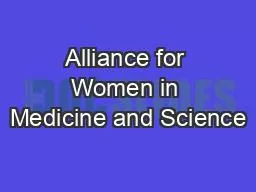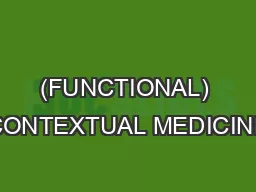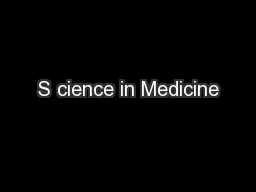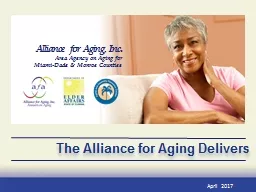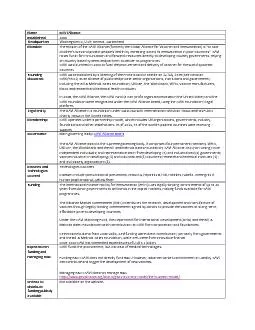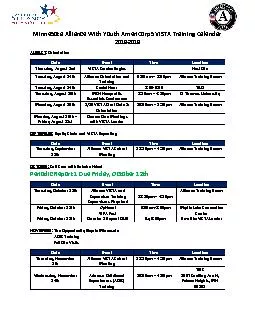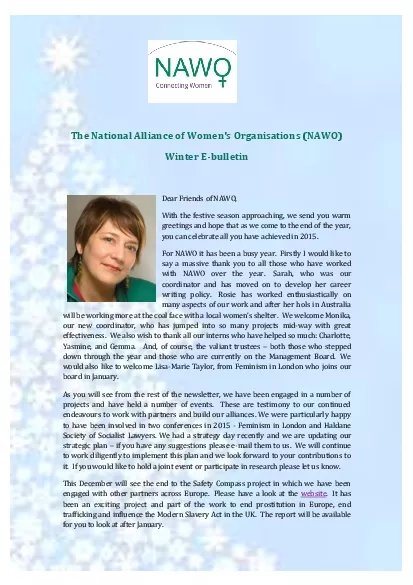PPT-Alliance for Women in Medicine and Science
Author : cozync | Published Date : 2020-08-28
Vidhya Prakash MD FACP FIDSA Associate Professor Southern Illinois University ACP Illinois Downstate Meeting November 10 2018 objectives Discuss current evidence
Presentation Embed Code
Download Presentation
Download Presentation The PPT/PDF document "Alliance for Women in Medicine and Scien..." is the property of its rightful owner. Permission is granted to download and print the materials on this website for personal, non-commercial use only, and to display it on your personal computer provided you do not modify the materials and that you retain all copyright notices contained in the materials. By downloading content from our website, you accept the terms of this agreement.
Alliance for Women in Medicine and Science: Transcript
Download Rules Of Document
"Alliance for Women in Medicine and Science"The content belongs to its owner. You may download and print it for personal use, without modification, and keep all copyright notices. By downloading, you agree to these terms.
Related Documents

